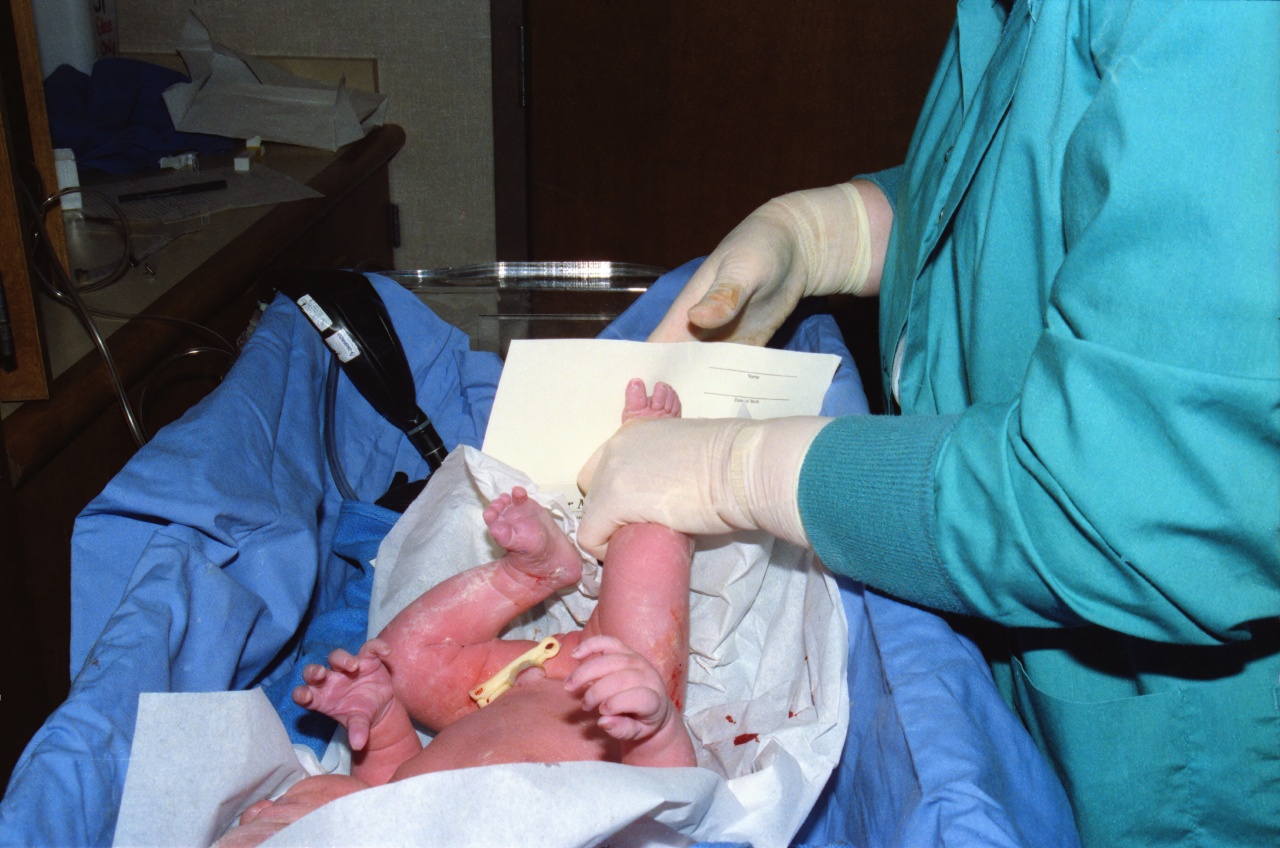Preparing to bring a new life into the world is an exciting and awe-inspiring journey. As expectant parents, you may have heard about different birthing methods that can ease the labor process and promote a smoother delivery.
One such incredible birthing method is the technique of turning a baby for delivery. In this article, we will explore this method in detail, understand its benefits, and learn how it can be experienced.
Understanding the Importance of Baby Positioning for Delivery
Before delving into the technique of turning a baby for delivery, it is crucial to comprehend the significance of baby positioning during childbirth.
The position of the baby in the womb plays a pivotal role in the ease and efficiency of the delivery process. Ideally, the baby should be in a head-down position, with the back of their head facing the front of the mother’s pelvis. This is known as the “vertex” or “cephalic” presentation.
However, in some cases, babies may be in a breech position or a posterior position, causing potential complications during delivery.
What is a Breech Presentation?
A breech presentation refers to a situation where the baby’s buttocks or feet are positioned to be delivered first, rather than the head. This makes vaginal delivery more challenging and introduces concerns for the baby’s safety.
There are different types of breech presentations, including complete breech, frank breech, and footling breech. To avoid potential risks associated with breech delivery, healthcare providers may recommend attempts to turn the baby into the desired head-down position.
Turning a Breech Baby: External Cephalic Version (ECV)
One of the most common methods to turn a breech baby is through a procedure called External Cephalic Version (ECV).
ECV involves the application of gentle, external pressure on the mother’s abdomen to encourage the baby to rotate into the head-down position. This procedure is typically performed in a hospital or clinic setting under the supervision of trained medical professionals.
The Process of External Cephalic Version
The process of External Cephalic Version usually begins with a thorough assessment of the baby’s position, size, and the mother’s overall health.
The healthcare provider will carefully evaluate the feasibility and safety of attempting an ECV. If the conditions are favorable, the procedure can proceed as follows:.
1. Preparing for ECV:
The mother’s vital signs will be monitored, and an ultrasound may be used to visualize the baby’s position. It is important for the mother to have an empty bladder for enhanced comfort during the procedure.
2. Administration of Medications:
To relax the mother’s uterine muscles and reduce the risk of contractions, a medication called a tocolytic may be administered. This can enhance the success rate of the ECV by providing a more relaxed environment for baby turning.
3. Gentle Pressure and Maneuvers:
The healthcare provider will apply gentle and controlled pressure on the mother’s abdomen, using their hands and sometimes ultrasound guidance.
Guided by their expertise and monitoring the baby’s response, they will attempt to turn the baby into the head-down position by carefully maneuvering the baby within the womb.
4. Monitoring and Follow-Up:
Throughout the procedure, continuous monitoring of the mother and baby’s well-being is essential. If any concerns or complications arise, the procedure can be halted immediately.
After successful completion of the ECV, another ultrasound may be conducted to confirm the baby’s new position.
The Benefits and Success Rate of ECV
There are several advantages associated with opting for the ECV procedure:.
1. Avoiding Potential Complications:
By turning a breech baby into the head-down position, the risks associated with a breech delivery can be significantly reduced. These risks include cord prolapse, umbilical cord compression, and head entrapment.
2. Increased Chances of a Vaginal Delivery:
If the baby successfully turns into the head-down position, it opens up the possibility of having a vaginal delivery, which is often the preferred method for many expectant parents.
3. Reducing the Need for a Cesarean Section:
By avoiding a breech delivery or increasing the chances of a successful vaginal delivery, the likelihood of a cesarean section can be minimized.
This can lead to quicker recovery times for the mother and provide other potential benefits associated with a vaginal birth.
It is essential to note that while ECV can be highly beneficial, it may not be suitable or successful in all cases.
Factors such as the baby’s position, the presence of certain medical conditions (e.g., placenta previa), or previous uterine surgeries can influence the feasibility and success of an ECV.
Alternative Methods to Encourage Baby Positioning
In addition to ECV, there are various alternative methods that can help encourage a baby to turn into the head-down position:.
1. Optimal Maternal Positioning:
Throughout pregnancy, the mother can adopt positions that promote optimal fetal positioning. These positions can include leaning forward, spending time on all fours, and avoiding reclining or prolonged sitting.
2. Pelvic Tilts and Exercises:
Performing regular pelvic tilts and specific exercises recommended by healthcare providers or childbirth educators can help strengthen the pelvic muscles and encourage proper baby positioning.
3. Chiropractic Care:
Consulting with a chiropractor experienced in prenatal care can be beneficial. They can use gentle techniques to align the mother’s pelvis, potentially facilitating optimal baby positioning.
4. Prenatal Yoga and Spinning Babies Techniques:
Engaging in prenatal yoga and following techniques from the Spinning Babies approach can help balance the mother’s muscles and ligaments, creating an environment more conducive for the baby to turn into the desired head-down position.
Conclusion
Preparing for the birth of your child involves exploring various birthing methods to ensure a safe and positive experience.
Turning a baby for delivery, particularly in the case of a breech presentation, can significantly reduce potential complications and increase the likelihood of a vaginal birth. External Cephalic Version is a remarkable technique performed by skilled healthcare professionals.
However, it is crucial to consult with your healthcare provider, discuss the benefits and risks, and explore alternative methods to determine the most suitable approach for your unique situation.































